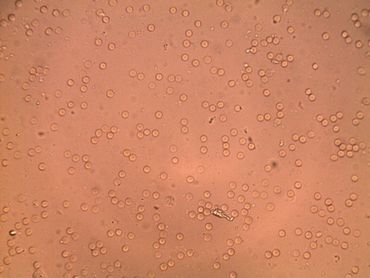setTimeout(function(){
window.print();
},500)

Technical data Blood cellsArticle no: P1443101   Principle Benefits
Tasks
Learning objectives
Scope of delivery
| |||||||||||||||||||||
PHYWE Systeme GmbH & Co. KG
Robert-Bosch-Breite 10 – 37079 Göttingen – Germany
www.phywe.com
Robert-Bosch-Breite 10 – 37079 Göttingen – Germany
www.phywe.com

